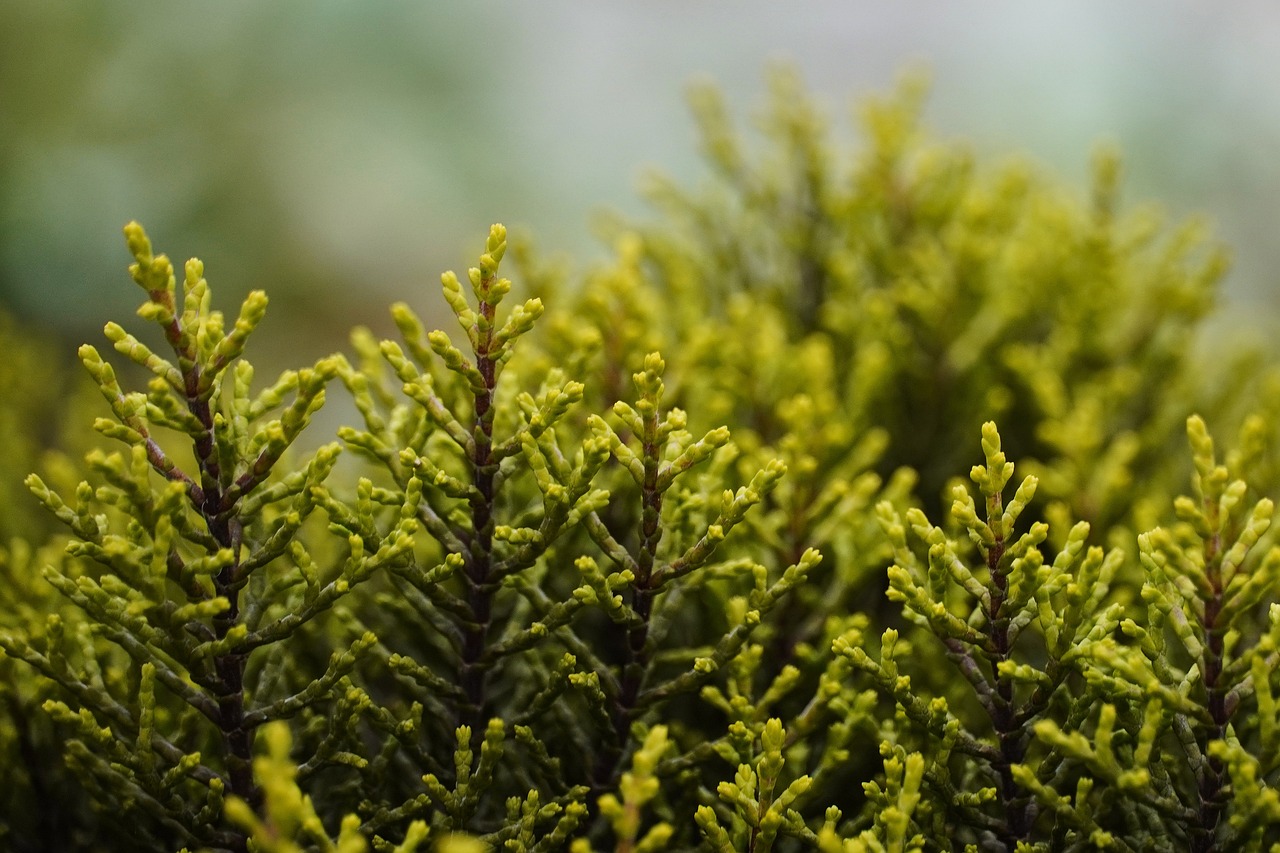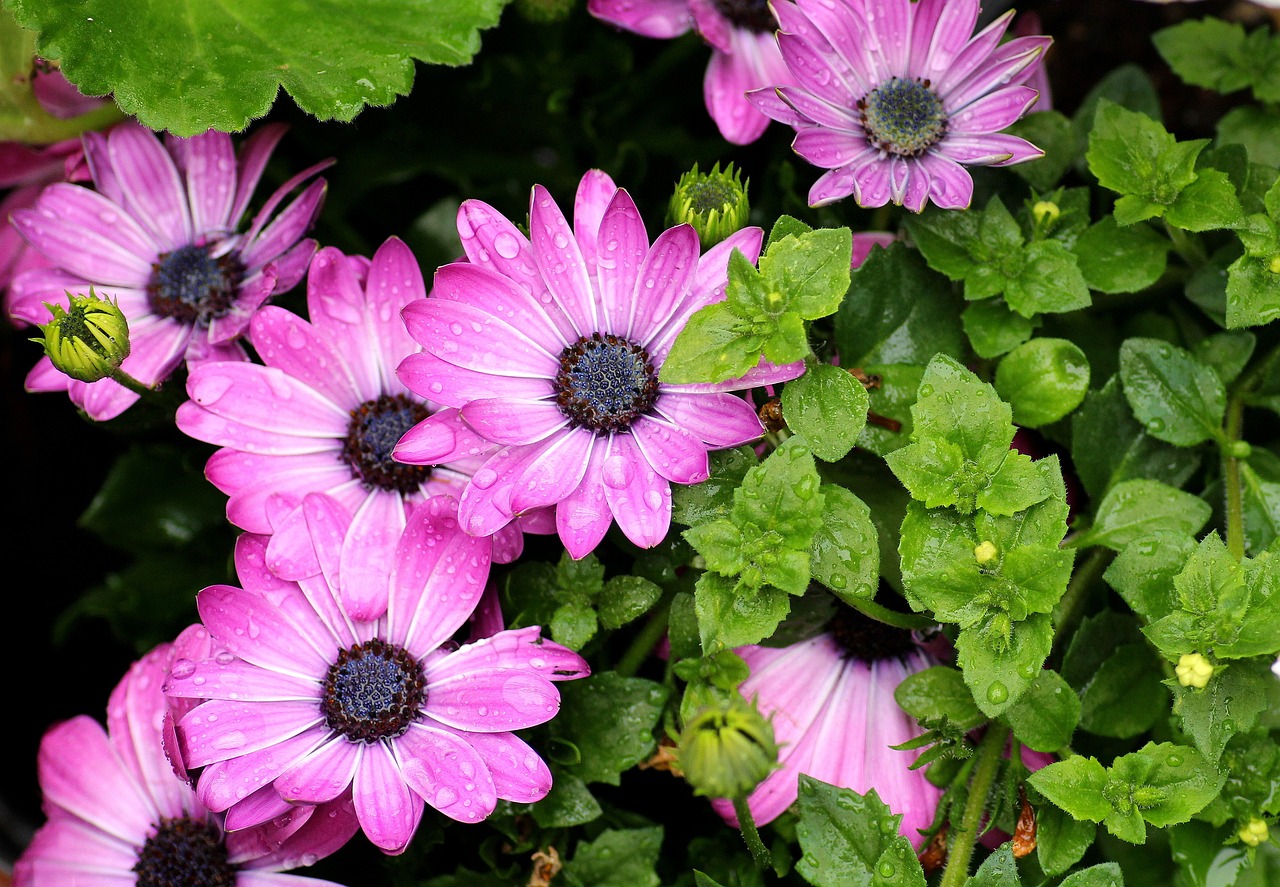Purple flowering shrubs bring a touch of elegance and royalty to any landscape. Their vibrant hues, coupled with varied textures, can transform outdoor spaces into stunning displays of color and fragrance.
Incorporating these plants into your garden not only enhances the aesthetic appeal but also attracts beneficial wildlife such as pollinators. Many purple flowering shrubs bloom at different times throughout the growing season, ensuring that your garden remains vibrant from spring to fall. This article explores various types of purple flowering shrubs, their characteristics, and how to effectively incorporate them into your landscape design.

The Allure of Purple Flowering Shrubs
Purple flowering shrubs are admired for several reasons. First, their distinctive colors can create focal points in gardens, pathways, or entryways. Additionally, many of these shrubs offer delightful fragrances that can enhance the sensory experience of your outdoor space. They also come in various sizes and shapes, making them versatile for various landscaping styles.
Here are some key benefits of adding purple flowering shrubs to your landscape:
- Visual Appeal: The rich purple tones can complement other colors in your garden, creating a harmonious palette.
- Wildlife Attraction: These plants are often favored by bees, butterflies, and birds, promoting biodiversity.
- Seasonal Interest: Many purple flowering shrubs provide interest beyond their blooms, with attractive foliage and unique bark textures.
- Low Maintenance: Once established, many varieties require minimal care while providing substantial visual impact.
When selecting purple flowering shrubs for your garden, it is essential to consider the climate, soil type, and the specific conditions of your planting area. Some shrubs thrive in full sun, while others prefer partial shade. Understanding these needs will help you choose the right varieties for a successful landscape.
Popular Purple Flowering Shrubs
Several purple flowering shrubs are popular among gardeners due to their beauty and adaptability. Below is a table highlighting some of the most well-loved varieties:
| Shrub Name | Bloom Time | Height | Sun Requirement |
|---|---|---|---|
| Lilac (Syringa vulgaris) | Spring | 4-10 feet | Full Sun |
| Wisteria (Wisteria sinensis) | Late Spring to Early Summer | 10-30 feet | Full Sun |
| Butterfly Bush (Buddleja davidii) | Summer to Fall | 3-10 feet | Full Sun |
| Blue Mist Spiraea (Caryopteris x clandonensis) | Late Summer to Fall | 2-3 feet | Full Sun |
These shrubs vary in height and bloom time, allowing for diverse planting options. For instance, lilacs are cherished for their fragrant blossoms in early spring, while butterfly bushes attract numerous pollinators with their long-lasting summer blooms. Wisteria adds drama with its cascading flowers, making it an excellent choice for trellises or arbors.
The versatility of these shrubs makes them suitable for various landscape designs, from formal gardens to wildflower meadows. Understanding the unique characteristics of each shrub will empower you to select the best options for your specific gardening goals.
Choosing the Right Purple Flowering Shrub

Selecting the appropriate purple flowering shrub for your landscape involves considering several factors. These include climate, soil type, space availability, and maintenance requirements. Each shrub has its unique preferences that can impact its growth and flowering potential.
Climate Considerations
Understanding your local climate is crucial when choosing a shrub. Different species thrive in various conditions. Here are some climate factors to consider:
- Hardiness Zone: Check your USDA plant hardiness zone to ensure the shrub can survive winter temperatures.
- Sun Exposure: Determine how much sunlight your planting area receives throughout the day.
- Moisture Levels: Assess whether the area is prone to drainage issues or if it remains dry.
Soil Requirements
The type of soil in your garden also plays a significant role in the health of your flowering shrubs. Most purple flowering shrubs prefer well-draining soil rich in organic matter. Here are some tips for preparing your soil:
- Test the pH level of your soil; many shrubs prefer slightly acidic to neutral pH (6.0 to 7.0).
- Add organic compost to improve soil fertility and structure.
- Ensure good drainage by mixing in sand or perlite if your soil tends to retain water.
Planting Tips for Purple Flowering Shrubs

Proper planting techniques can greatly influence the success of your purple flowering shrubs. Here are essential steps to follow:
- Timing: The best time to plant most shrubs is in early spring or fall when temperatures are moderate.
- Spacing: Consider the mature size of the shrub. Space them accordingly to prevent overcrowding, which can lead to poor air circulation and disease.
- Depth: Plant shrubs at the same depth they were growing in their nursery containers. Avoid planting too deep, as this can suffocate roots.
Watering and Mulching
After planting, proper watering and mulching are vital for establishing healthy shrubs:
- Watering: Water newly planted shrubs deeply once a week for the first few months. This encourages deep root growth.
- Mulching: Apply a layer of mulch around the base of the shrub. This helps retain moisture, suppress weeds, and regulate soil temperature.
Maintenance and Care
Caring for your purple flowering shrubs includes regular maintenance tasks that will keep them healthy and vibrant. Here are some critical aspects of shrub care:
Pruning Techniques
Pruning is essential for promoting healthy growth and encouraging blooms. Here are some guidelines:
- Timing: Prune spring-blooming shrubs right after flowering. For summer bloomers, prune in late winter or early spring before new growth starts.
- Technique: Remove dead or damaged branches and thin out crowded areas to improve air circulation.
- Shape: Maintain the natural shape of the shrub while removing any unwanted growth.
Pest and Disease Management
Purple flowering shrubs can be susceptible to pests and diseases. Regular monitoring can help catch issues early:

- Pests: Look out for common pests like aphids, spider mites, and scale insects.
- Diseases: Watch for signs of fungal infections or root rot, particularly in poorly draining soils.
By following these guidelines, you can ensure your purple flowering shrubs thrive and contribute beauty to your landscape for years to come.
Designing with Purple Flowering Shrubs
Incorporating purple flowering shrubs into your landscape design can significantly enhance visual appeal and create a cohesive look. Thoughtful placement and selection can transform your garden into a stunning floral display. Here are some design ideas and tips for using these vibrant shrubs effectively.
Creating Focal Points
Focal points are essential in landscape design as they draw the eye and create interest. Purple flowering shrubs can serve as stunning focal points in various settings:
- Entryways: Planting a prominent shrub like a lilac near the entrance of your home can create a welcoming atmosphere.
- Patios and Decks: Use taller shrubs, such as wisteria, to create vertical interest around outdoor seating areas.
- Garden Beds: Place larger shrubs in the back of flower beds, allowing smaller plants to surround them for layered depth.
Complementing Other Plants
Purple flowering shrubs can be coordinated with other plants to create a harmonious color scheme. Consider the following tips:
- Color Harmony: Pair purple blooms with yellow or white flowers for striking contrast. For example, combine butterfly bushes with daisies.
- Texture Variety: Mix shrubs with differing leaf shapes and sizes to add texture. Combine the soft foliage of blue mist spiraea with the bold leaves of hostas.
- Seasonal Blooms: Select shrubs that bloom at different times to maintain color throughout the growing season.
Using Purple Flowering Shrubs in Different Landscape Styles
The versatility of purple flowering shrubs allows them to fit into various landscape styles. Here are some popular design themes and how these shrubs can enhance them:
Cottage Gardens
Cottage gardens are characterized by their informal layout and abundant plantings. Purple flowering shrubs can add a romantic touch:
- Lilacs: Their fragrant blooms complement the densely planted style of cottage gardens.
- Wisteria: Use it on trellises or pergolas to create charming overhead canopies.
- Mixing Heights: Incorporate shorter perennial flowers alongside taller shrubs for a lush, wild appearance.
Formal Gardens
In more structured landscapes, purple flowering shrubs can provide symmetry and elegance:
- Boxwood Hedges: Use boxwood hedges to frame purple flowering shrubs like butterfly bushes, providing a clean backdrop.
- Geometric Layouts: Plant shrubs in geometric patterns, ensuring even spacing for a polished look.
- Focal Points: Create central features using larger shrubs, surrounded by smaller plants for balance.
Seasonal Impact and Year-Round Interest
Choosing purple flowering shrubs that offer year-round interest can enhance your landscape appeal throughout all seasons. Here are some considerations:
Fall and Winter Interest
While many purple flowering shrubs shine during their bloom time, others provide visual interest in the off-season:
- Foliage Color: Some shrubs, like certain varieties of spiraea, offer autumn foliage that turns vibrant hues of red or orange.
- Bark Texture: Look for shrubs with interesting bark, such as lilacs, which can add texture during winter months.
Year-Round Structure
Incorporating evergreen purple flowering shrubs can provide structure and greenery even in winter:
- Caryopteris: Known for its aromatic foliage, it remains attractive even when not in bloom.
- Persistent Foliage: Look for shrubs that retain leaves throughout the winter, ensuring your garden remains lively.
This thoughtful approach to design allows you to maximize the beauty and impact of purple flowering shrubs in your landscape, creating a vibrant and welcoming environment year-round.
Enhancing Your Landscape with Purple Flowering Shrubs
The addition of purple flowering shrubs to your landscape not only adds aesthetic value but also provides a functional role in creating diverse ecosystems. By carefully selecting and positioning these shrubs, you can cultivate a garden space that is both visually stunning and supportive of local wildlife.
Creating a Wildlife-Friendly Environment
Purple flowering shrubs serve as a vital resource for various species, particularly pollinators such as bees and butterflies. To enhance the ecological value of your garden, consider the following:
- Diversity of Species: Plant different varieties of purple flowering shrubs alongside other native plants to attract a wider range of pollinators and beneficial insects.
- Layered Planting: Create layers in your garden by mixing tall shrubs with shorter plants. This not only offers shelter but also provides feeding opportunities for various wildlife.
- Water Sources: Incorporate shallow water dishes or bird baths near your shrubs to support thirsty wildlife during hot months.
Seasonal Adaptations
With careful planning, your landscape can adapt beautifully to seasonal changes. For instance, planting a mixture of early, mid, and late-blooming purple flowering shrubs ensures continuous color and fragrance throughout the growing season. Here are some tips for seasonal adaptations:
- Spring Bloomers: Include lilacs and wisteria to kick off the blooming season with stunning displays.
- Summer Blooms: Butterfly bushes can take center stage in the summer months, providing vibrant colors and attracting butterflies.
- Fall Color: Select varieties with attractive fall foliage, like certain spiraea, to maintain interest as the seasons change.
Final Thoughts
Purple flowering shrubs are a remarkable addition to any landscape, bringing elegance, color, and life to your outdoor spaces. Their diverse range and adaptability make them suitable for various gardening styles and conditions. By understanding their needs and selecting the right varieties, you can create a lush environment that thrives throughout the year.
From attracting wildlife to offering seasonal beauty, these shrubs play a vital role in enhancing the overall health and aesthetics of your garden. As you plan your landscape, consider incorporating purple flowering shrubs alongside other complementary plants to create a dynamic and inviting space.
Ultimately, whether you are designing a formal garden or a relaxed cottage-style landscape, the regal hues of purple flowering shrubs will undoubtedly add a touch of royalty to your outdoor sanctuary. Embrace their beauty and versatility, and enjoy the numerous benefits they bring to your garden for years to come.
